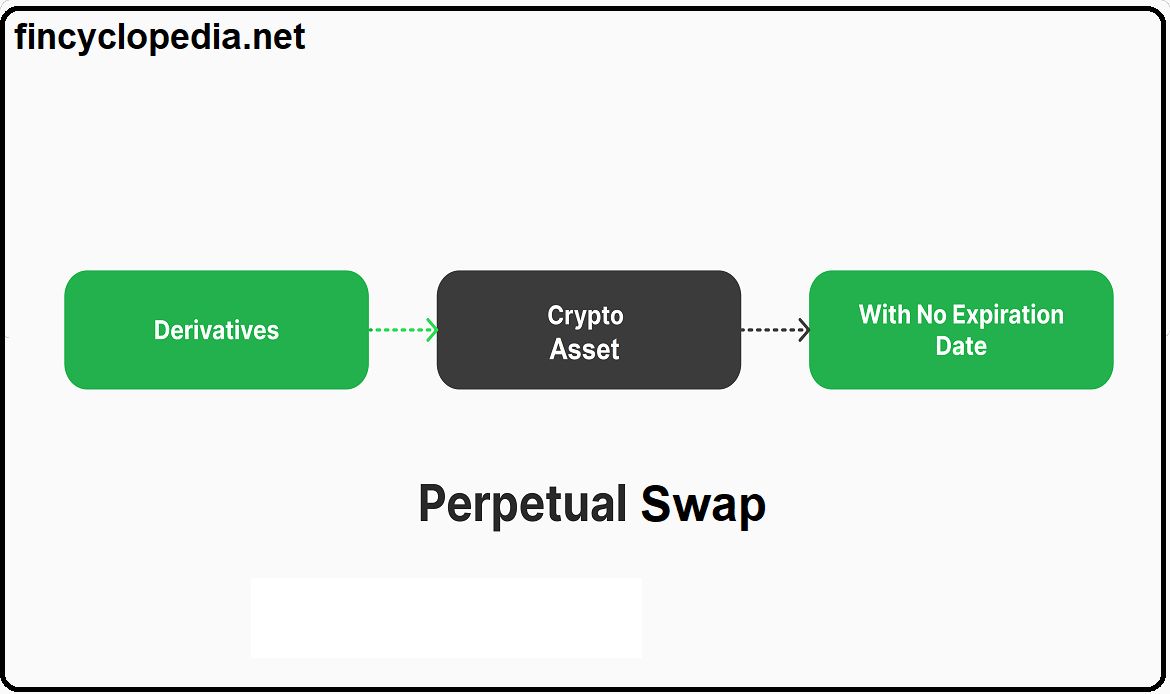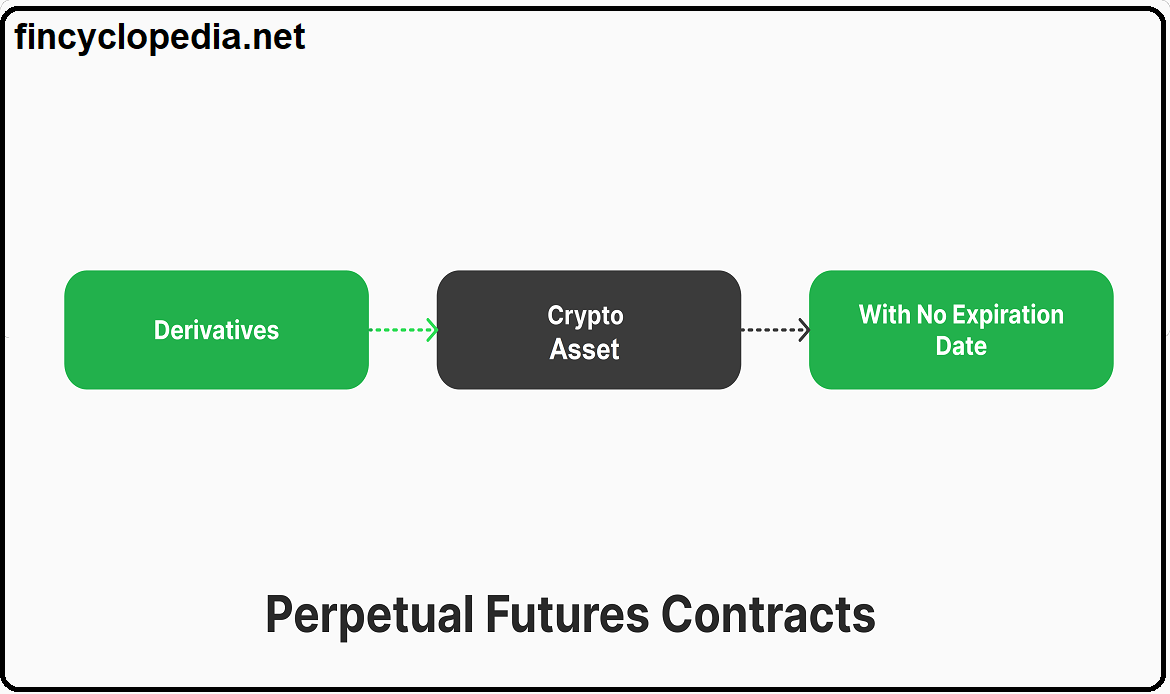The spread over LIBOR (or generally a floating rate) that is paid on the floating leg of an asset swap in order to set make present value of the floating leg and fixed leg structurally equal. This spread measure compares the theoretical price of a bond (or any similar instrument) with the market price of an asset swap in terms of basis points (bps).
Should the par asset swap spread and the CDS premium for a given reference entity diverge, arbitrageurs jump to exploit the gap (known as a CDS-cash basis), whether it is a negative or positive basis. For example, when the par asset swap spread is above a corresponding CDS premium, an arbitrageur may rise to the occasion by buying protection in a CDS contract and buying the asset swap in the expectation that the gap between the two will narrow or close (however, a nonzero CDS-cash basis can result from fundamental factors, rather than market shifts).





